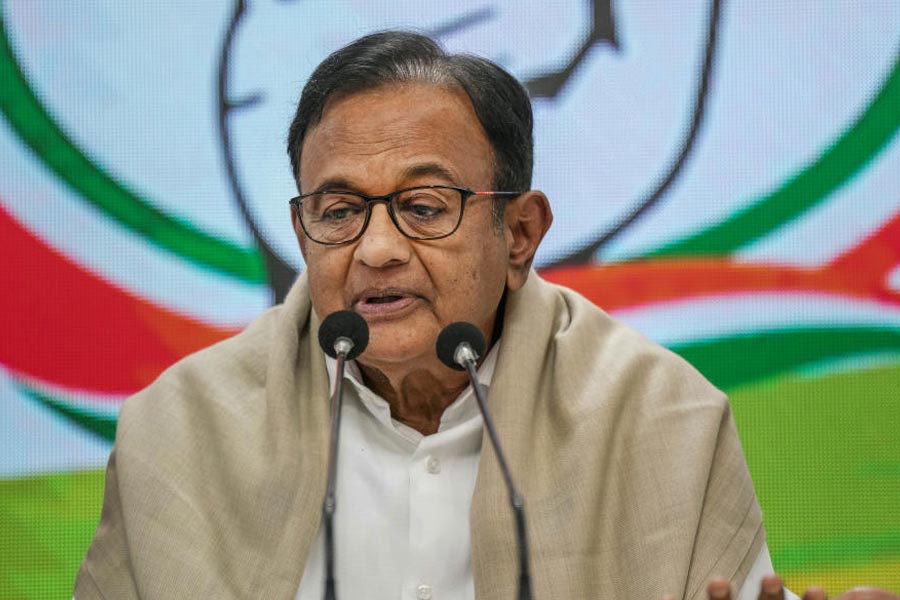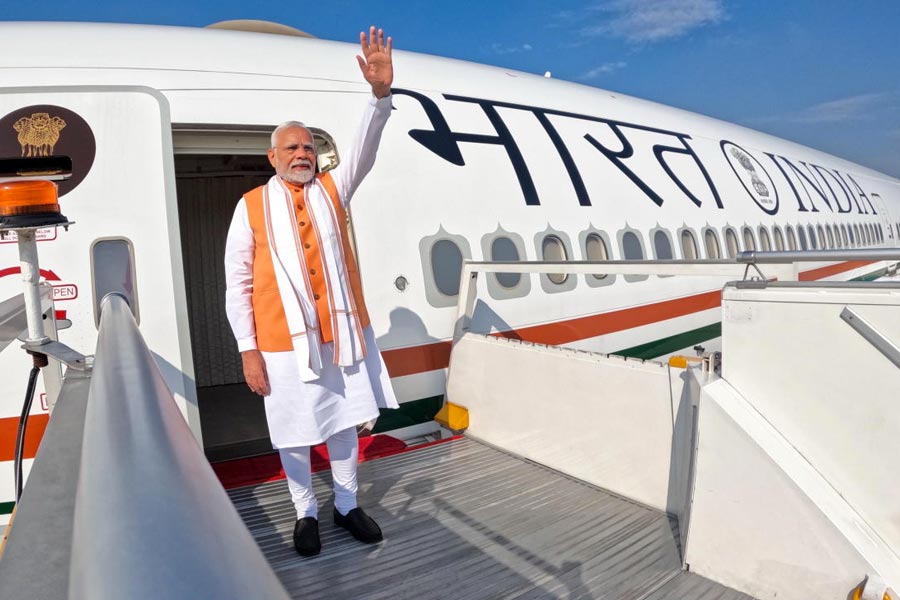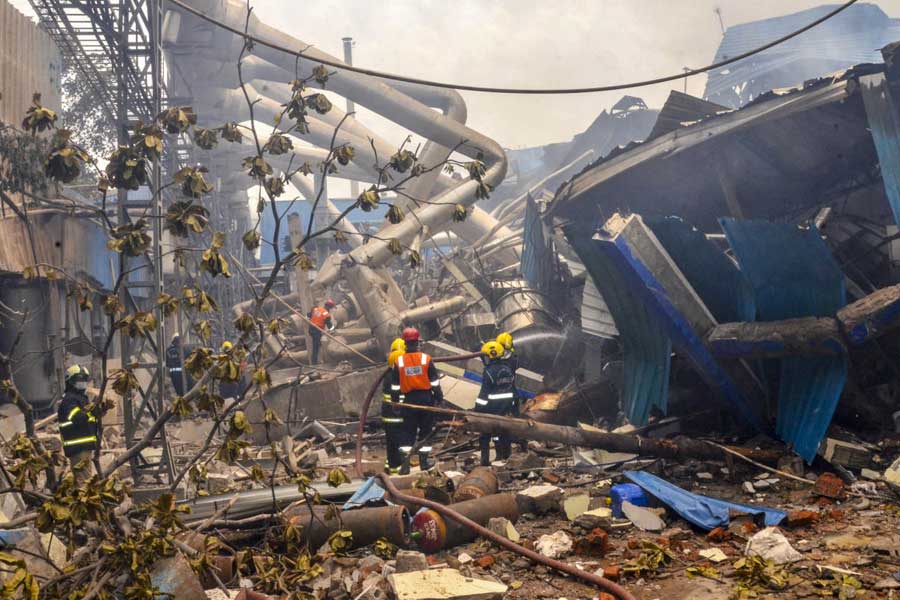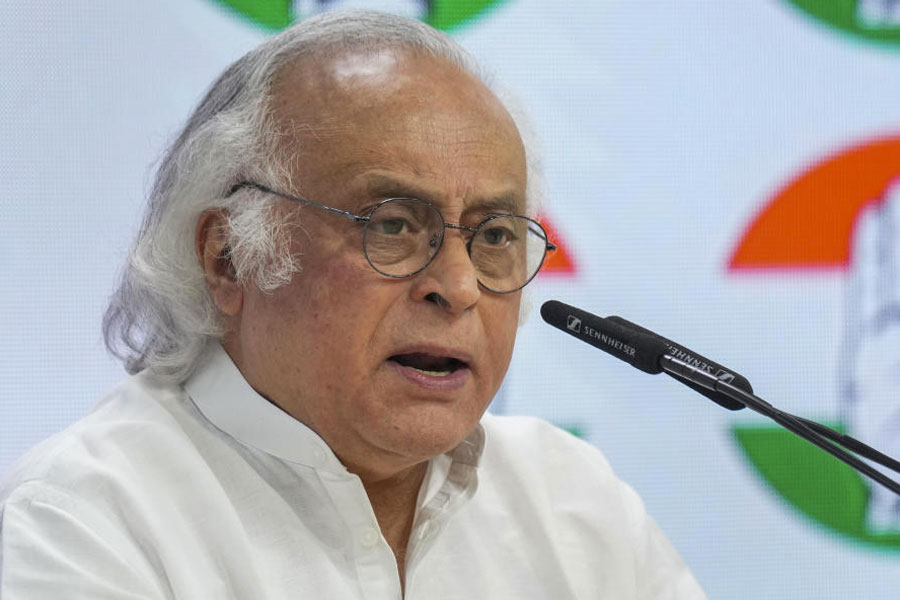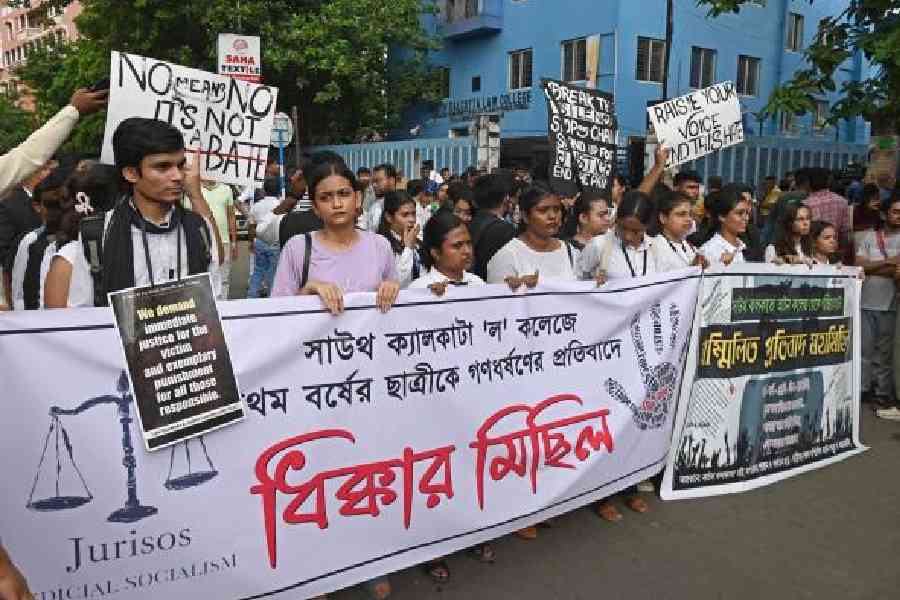 |
| G.S. Farid and son Mehmud Imran pore over their collections. Picture by Sanjoy Chattopadhyaya |
The proudest moment for a father is, perhaps, when his son picks up the baton. And a city can raise a toast to the two if their common passion happens to be piecing together its history.
G.S. Farid has spent a lifetime collecting picture postcards. From pre-Job Charnock travellers to Rabindranath Tagore, many pens known and unknown have scripted the yellowing cards he treasures. All these came together in the 2001 publication Picture Postcards from Calcutta.
The 76-year-old now has put his feet up. But busy in his Ripon Street flat, gathering more collectibles on Calcutta, is his son Mehmud Imran, a Hong Kong-based employee of an air-freight company.
“I have collected some 1,500 more postcards since the book came out,” says Imran. If the earlier publication was place-centric, the pages of the album that he now turns reveal people that the British found worth writing home about — dhobis, coolies, snake-charmers, barbers, cobblers… Some postcards show Bengali actresses Kajjan, Rose and Miss Manna in their finery, while others are on specific communities — Marwaris and Jews, Parsis and Armenians.
“I want to highlight portraits as they are a testament to how people dressed.” This has forced the son to hunt for photographs that studios used for advertisement. Displaying copies printed by Bourne & Shepherd in 1893 and Th. Paar, Darjeeling, in 1889, Imran points out how portraits of children, all daintily clad, are important links.
But Imran has his sights set on the bigger picture. “My interest in old Calcutta is making me turn to related hobbies,” he explains. That is how old Royal Calcutta Turf Club (RCTC) badges and medals started making their way into his home. “There were separate badges for ladies and gentlemen. In the days of the Raj, the badges were made in Britain. They were the club’s badge of honour and were so beautifully crafted. After Independence, both the metal quality and the craftsmanship deteriorated.” Imran has badges from 1925, but is looking to plug a few gaps — 1930, 1936, 1945…
If RCTC badges raise a brow, ask him what Firpo’s served on February 20, 1941, and Imran can rattle it off, with added information that the Famous Firpo’s orchestra would play on Sundays. All this comes from the collection of menu cards. He pulls out another page from the city’s culinary history — Peliti Restaurant, at 11, Government Place East.
Even if the plaque carrying the restaurant name is the only reminder of the once-flourishing eatery that Tagore has mentioned in Jibonsmriti, the collection crusader has touched base with restaurateur Federico Peliti’s great great great granddaughter Litze Peliti.
“I found her on the Net and we later met up at Milan. She gave me these photographs of the restaurant in its heydays,” Imran smiles at the additions to his collection. Tram tickets and hotel stickers, dating back a good nine decades, are his other interests. So far.
Online auctions are the 46-year-old’s main source of acquisition. It is late at night when he casts his Net, bidding for pieces from the past. “I have to be up till the scheduled end of bidding, as the maximum bids are registered in the last half-hour.”
Farid sits silently, beaming at his son’s growing collection. “It’s always a great cause of joy when the son takes after the father’s interest. And he has really expanded the collection,” says the father. “New postcards are all that I gift him when I come to Calcutta,” smiles back the son.


